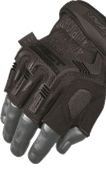Work and protective gloves are an absolute necessity in many professions, and sometimes their use is even mandated by law or by internal regulations of the given employer. What should such work and protective gloves fulfill?
Protect yourself as a precaution
It is necessary to protect oneself during work even when the laws do not explicitly require it. Because it's always better to be prepared than surprised. But many of us sometimes think that nothing can happen to us. Nevertheless, many injuries occur every day that prove the opposite – and the fact that it is actually a coincidence that nothing serious has happened to us personally at work.
Hands are one of the most sensitive parts of the body that need to be protected. This is because when we injure our hands, we lose a significant part of our mobility and operability. In short, we can't do nearly as much without (functional) hands. Safety equipment that effectively protects the hands also includes work and protective gloves. But even there are more types.
There are many types of gloves
Work and protective gloves can thus be divided according to materials and their combinations. And also according to what specific professions they are intended for. Here you will find, for example, emergency protective gloves, rescue protective gloves, gloves adapted for rappelling and abseiling or even gloves with a certain degree of fire protection.
The so-called overgloves protect the thin gloves from damage, for example during rappelling. And once you take off the overgloves, you can still have your hands protected by thinner gloves, just with improved fine motor skills. And sometimes even the ability to control touch screens.
Materials that last
In order for the protection with the work gloves we offer to be as effective as possible, the most effective materials must be used. For example, in some gloves, goat skin is used as a base on the palm or fingers, which serves as a flame retardant, repels water, and in addition has at least partially preserved the ability to control touch screens.
Nomex, a patented material from which gloves and other accessories for firefighters are made, is also sometimes used as a flame retardant, or Kevlar, which is used in gloves, for example, for stitching. If the basic materials functioned as a shield against fire, but the seams would melt, the use of superior materials would not make much sense.
The cut is also essential
Just as important as the material of the gloves is their cut. Some work and protective gloves are made in a so-called slim fit cut, which makes it easier to move and hold objects and preserves at least partially the functions of fine motor skills. The cuff is also essential, which should hold well on the wrist and at the same time should not push.
Shooting gloves sometimes have the thumb and index finger cut out for trigger control, which is usually not necessary for work and protective gloves. On the other hand, between the thumb and the index finger, we often find a more pronounced reinforcement, because it is in this area that the glove is most stressed. And here we come back to the tactile functions.
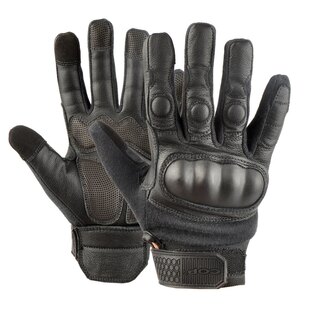
Combat Gloves COP® 320FG10TS
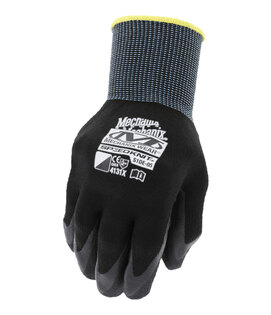
Mechanix Wear® SpeedKnit™ Utility Protective Gloves
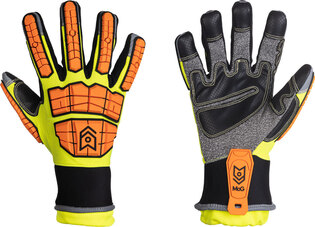
MoG® Resq safety gloves
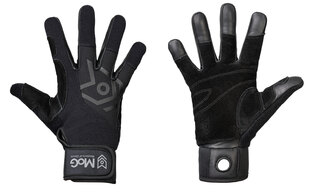


MoG® Abseil/Rappel rappelling gloves
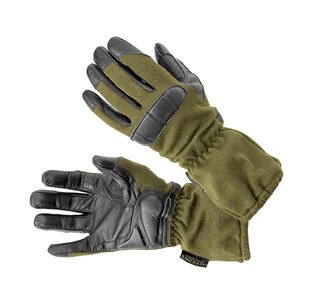

Nomex Gloves Defcon5®
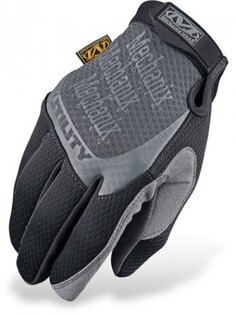
Mechanix Wear® Utility Gloves
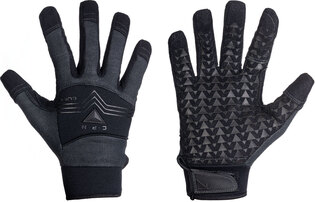
MoG® Guide CPN 6204 safety gloves
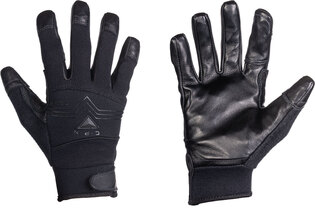
MoG® Guide CPN 6203 safety gloves
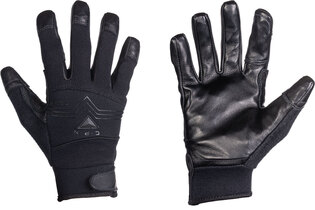
MoG® Guide CPN 6202 safety gloves
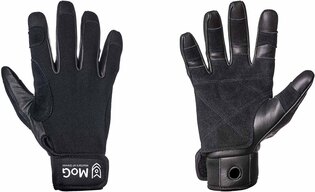


MoG® Fast Rope gloves
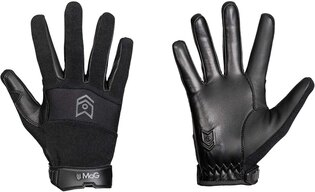
MoG® 2ndSKIN protective gloves
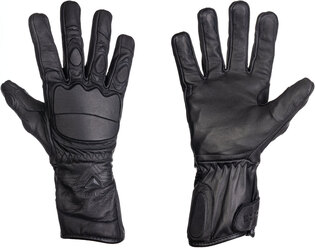
MoG® CPN 6505 safety gloves
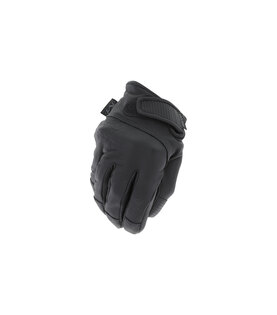
Mechanix Wear® Needlestick Law Enforcement gloves
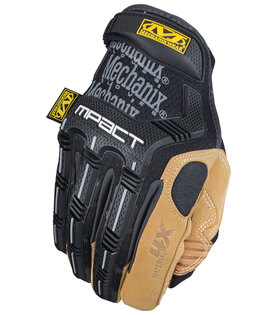
Mechanix Wear® Material4X® M‑Pact® gloves
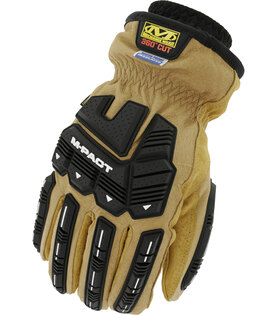
Mechanix Wear® Waterproof Leather M‑Pact® Driver F9‑360 gloves
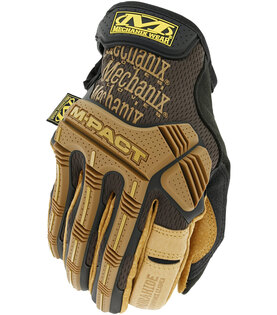
Mechanix Wear® Leather M‑Pact® gloves
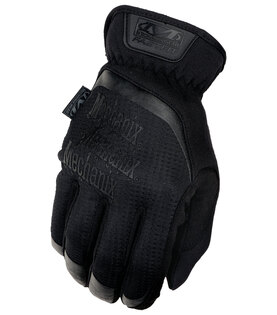
Mechanix Wear® FastFit® Covert gloves
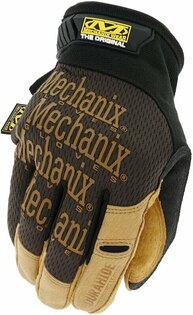
Mechanix Wear® Leather Original gloves
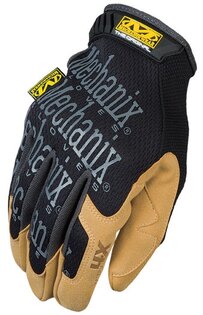
Mechanix Wear® Material4X Original gloves
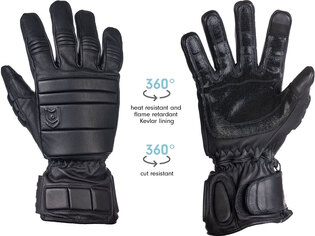
MoG® Bataillo safety gloves
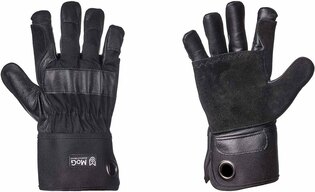
MoG® Rope Overglove gloves
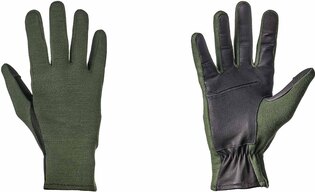
MoG® Flame Resistant Operator gloves
































































































































